Invented by Saar Yoskovitz, Gal Shaul, Augury Systems Ltd
Traditionally, mechanical systems diagnosis has relied on manual inspections and human expertise. However, this approach is time-consuming, labor-intensive, and prone to human error. With the advent of automatic mechanical systems diagnosis, companies can now streamline their maintenance processes and minimize downtime.
One of the key drivers of the market for automatic mechanical systems diagnosis is the increasing complexity of modern machinery. As technology continues to advance, mechanical systems are becoming more intricate and sophisticated. This complexity makes it challenging for human operators to identify and diagnose problems accurately and efficiently. Automatic mechanical systems diagnosis can overcome these limitations by leveraging advanced algorithms and data analytics to analyze large volumes of data and identify potential issues.
Another factor driving the market is the growing demand for predictive maintenance. Predictive maintenance involves using data and analytics to predict when equipment is likely to fail, allowing companies to schedule maintenance activities proactively. By implementing automatic mechanical systems diagnosis, companies can continuously monitor their equipment and detect early warning signs of potential failures. This enables them to take preventive measures and avoid costly breakdowns and unplanned downtime.
The market for automatic mechanical systems diagnosis is also benefiting from the increasing availability of sensor data. Many modern mechanical systems are equipped with sensors that collect data on various parameters, such as temperature, pressure, and vibration. Automatic mechanical systems diagnosis can leverage this data to identify patterns and anomalies that may indicate potential issues. By analyzing this sensor data in real-time, companies can gain valuable insights into the health and performance of their equipment.
Furthermore, the market for automatic mechanical systems diagnosis is driven by the need for cost reduction and operational efficiency. By automating the diagnosis process, companies can reduce their reliance on manual inspections and human expertise, which can be expensive and time-consuming. Automatic mechanical systems diagnosis can also help companies optimize their maintenance schedules, ensuring that resources are allocated efficiently and downtime is minimized.
In conclusion, the market for automatic mechanical systems diagnosis is experiencing significant growth as industries recognize the benefits of leveraging advanced technologies to improve maintenance and repair processes. With the increasing complexity of modern machinery, the demand for predictive maintenance, and the availability of sensor data, automatic mechanical systems diagnosis is becoming an essential tool for companies looking to optimize their operations and reduce costs. As technology continues to advance, we can expect to see further innovation in this field, leading to even more efficient and accurate diagnosis solutions.
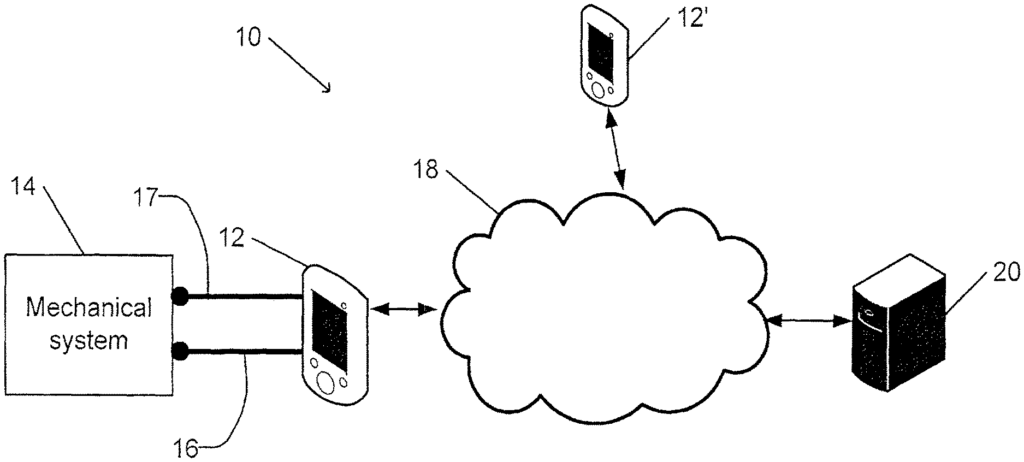
The Augury Systems Ltd invention works as follows
A method of automatic diagnosis of an mechanical system in a group mechanical systems that share mechanical characteristics includes the acquisition of data related to a vibratory. A portable communication device that can communicate with a remote computer acquires the vibration-related data. The processor diagnoses mechanical systems automatically by applying a relation to the vibration-related data. The relationship is built on vibration-related data obtained previously from mechanical systems. Each set of data on vibrations is related to a particular mechanical system. This relationship is based further on previous sets of data obtained from mechanical systems in the group. Each set of data represents a previous operation state of a mechanical device. “Each of the previous states is associated with one or more sets of vibration data previously obtained.
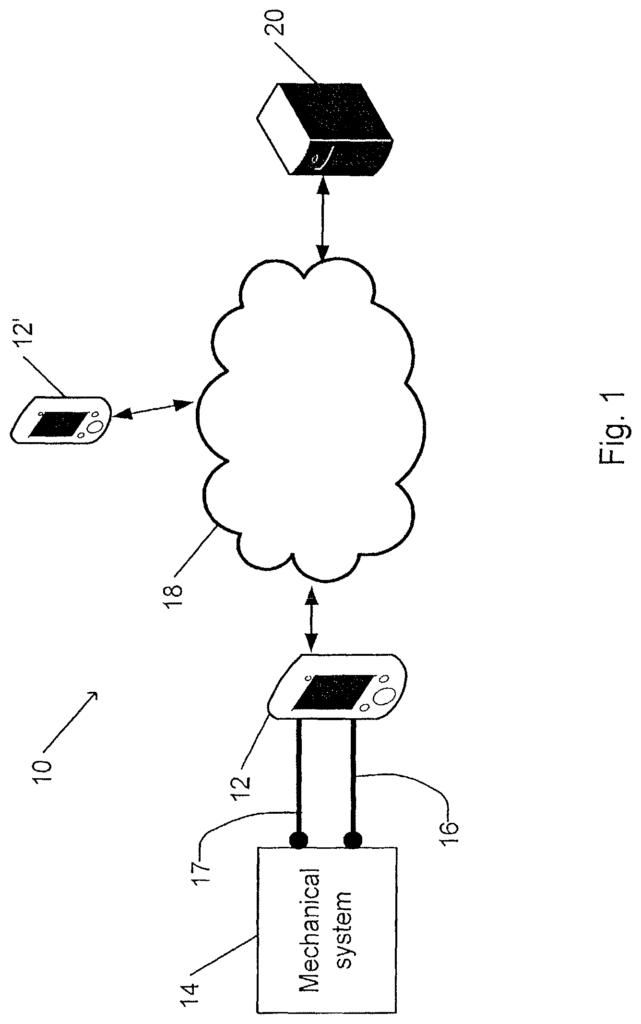
Background for Automatic Mechanical Systems Diagnosis
Vibrations can be generated by machines and mechanical systems that have moving parts such as motors or engines. The vibrations can form a pattern that is recognizable. A pattern can be defined by the spectral distribution. The vibrations generated by mechanical systems are usually composed of components that have frequencies within the audible range and ultrasonic range.
In many cases, the pattern of vibrations generated by a mechanical system can be related to the state of the machine. The speed of rotation or movement of a part can affect the pattern of vibration. Vibrations from a machine can be detected and analyzed in order to determine the state of its operation.
The method includes: applying a relationship based on vibration data obtained previously from mechanical systems in the group, with each vibration data set referring to a particular mechanical system within the group. This relationship is further based upon a number of previous sets of data obtained by mechanical systems in the group, with each data set indicating an earlier state of operation for a system within the group.
According to some embodiments, the mechanical system of the group of systems includes the mechanical system that is being diagnosed.
Furthermore,” says one embodiment of the invention, “a set of previously obtained vibration-related data is related to a measurement of a vibration by at least one portable communication device.
Furthermore… in accordance to some embodiments, the vibration related data includes a spectral of the measured vibrancy.
Furthermore,” says one embodiment of the invention, “obtaining vibration-related information includes transmitting vibration-related information from the portable communication device to the remote processor unit.
Furthermore… in accordance to some embodiments, the portable communication device includes a selected device from a list consisting of mobile phones, smartphones, and portable computers.
Furthermore… in accordance to some embodiments, the portable communication device is configured to detect a vibratory signal when a sensor is attached to the device.
According to some embodiments, diagnosing a mechanical system also includes indicating the current state of the mechanical systems operation.
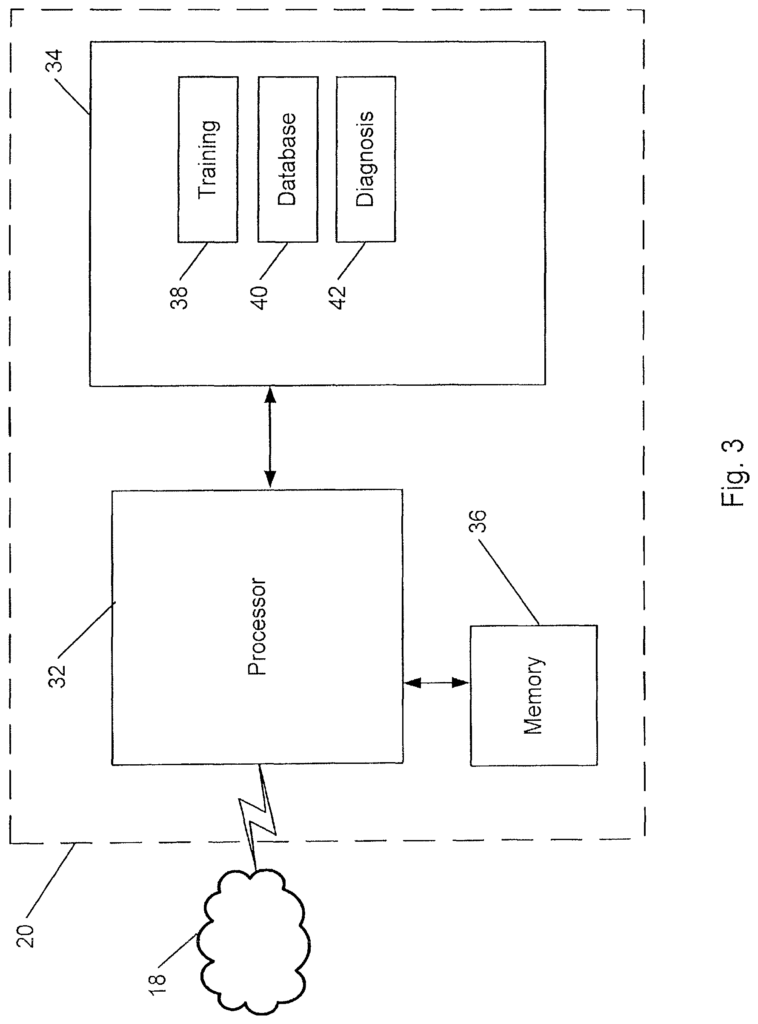
Furthermore in accordance to some embodiments of this invention, diagnosing a mechanical system may include indicating a future performance prediction for the mechanical system.
Furthermore… in accordance to some embodiments, diagnosing a mechanical system also includes recommending a maintenance procedure on the mechanical systems.
Furthermore,” according to some embodiments, selecting an entry from a lookup list is part of applying the relationship.
The method also includes the acquisition of data that identifies a mechanical system, according to some embodiments.
Furthermore… in accordance with certain embodiments of the invention, the method also includes operating in a ‘training mode’, wherein operation in the ‘training mode” includes: obtaining a plurality sets of vibration related data; obtaining a plurality sets of operations data; and analysing the plurality sets of vibration related data and plurality sets of operations data to generate he relationship.
Furthermore… in accordance to some embodiments, the operation data indicate a repair or a maintenance operation that has been performed.
Furthermore,” says one embodiment of the invention, “the previously obtained vibration-related set of data indicates that the mechanical system, or a similar mechanical system, vibrated during a time period that preceded the previous state that is indicated by an associated previously obtained operation data set.
Furthermore,” says the patent, “according to some embodiments of this invention, the data on vibration indicates either an ultrasonic vibration or a vibration at a low frequency.
Furthermore… in accordance to some embodiments, the method also includes obtaining additional data sensed that indicates a mechanical property in addition to the vibration of the system.
Furthermore,” according to some embodiments, the property indicated includes the temperature of the mechanical systems.
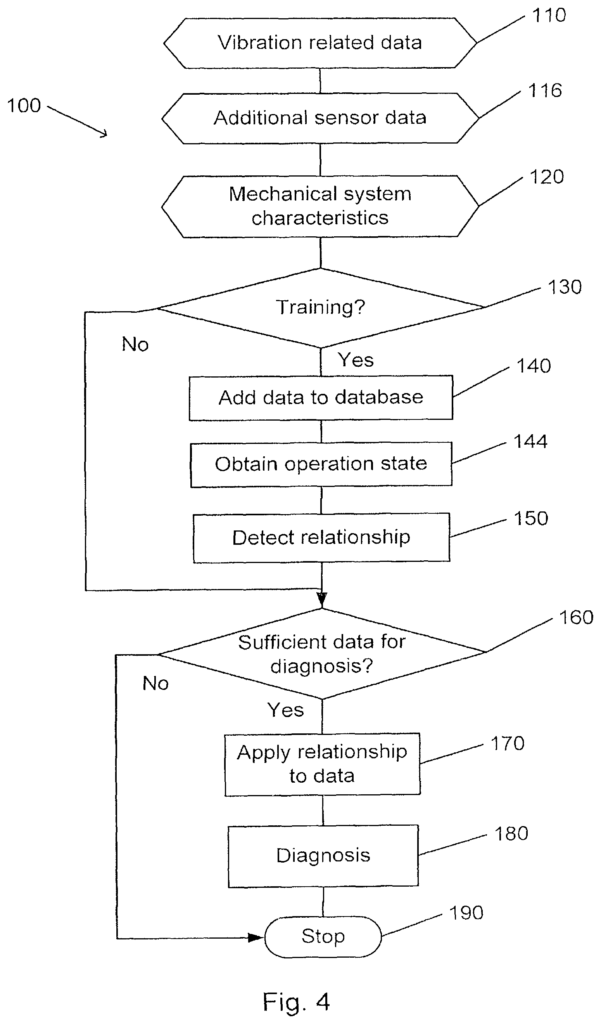
The relationship is further based on previously acquired sets of additional data. Each set of additional data indicates the indicated property of the system or a similar system that was previously measured by the one or multiple portable communication devices.
Click here to view the patent on Google Patents.
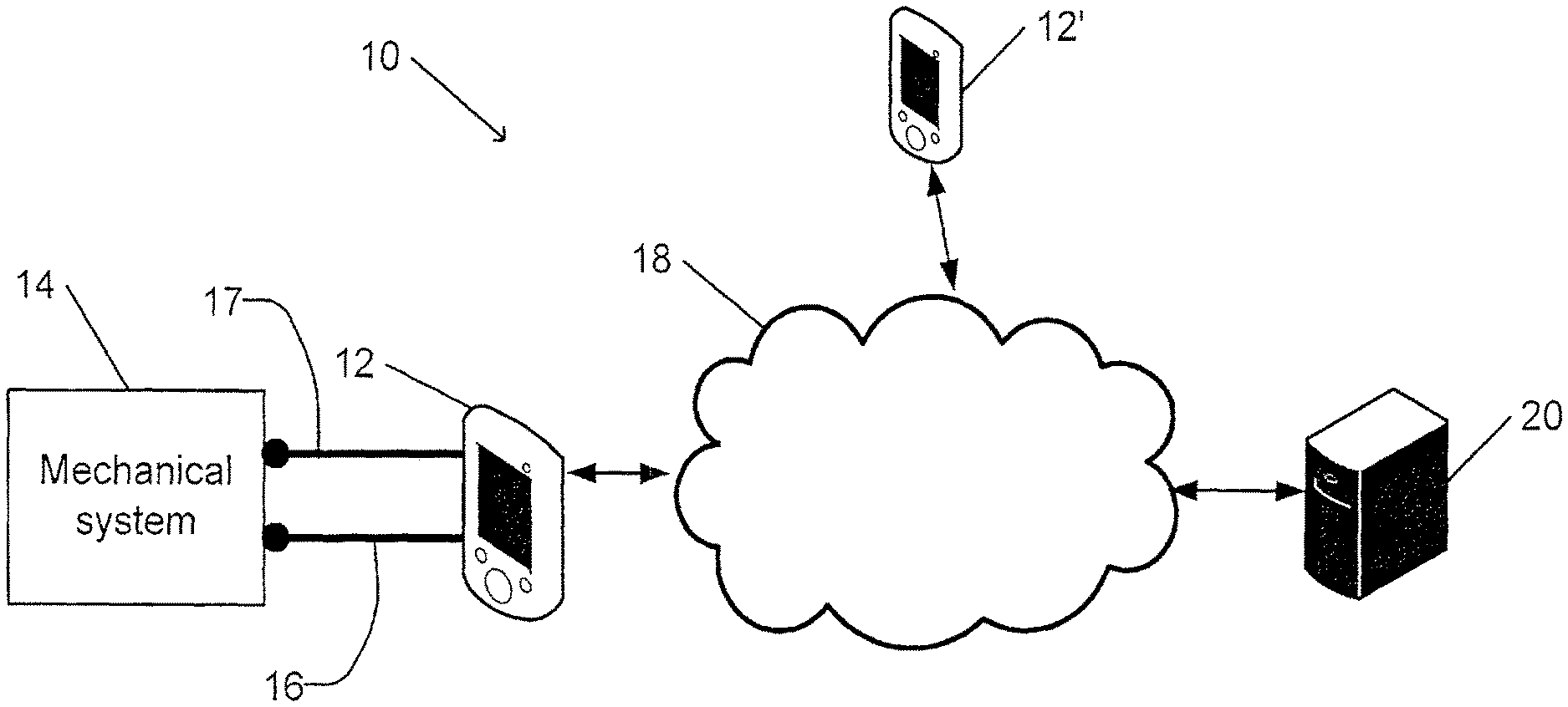
Leave a Reply